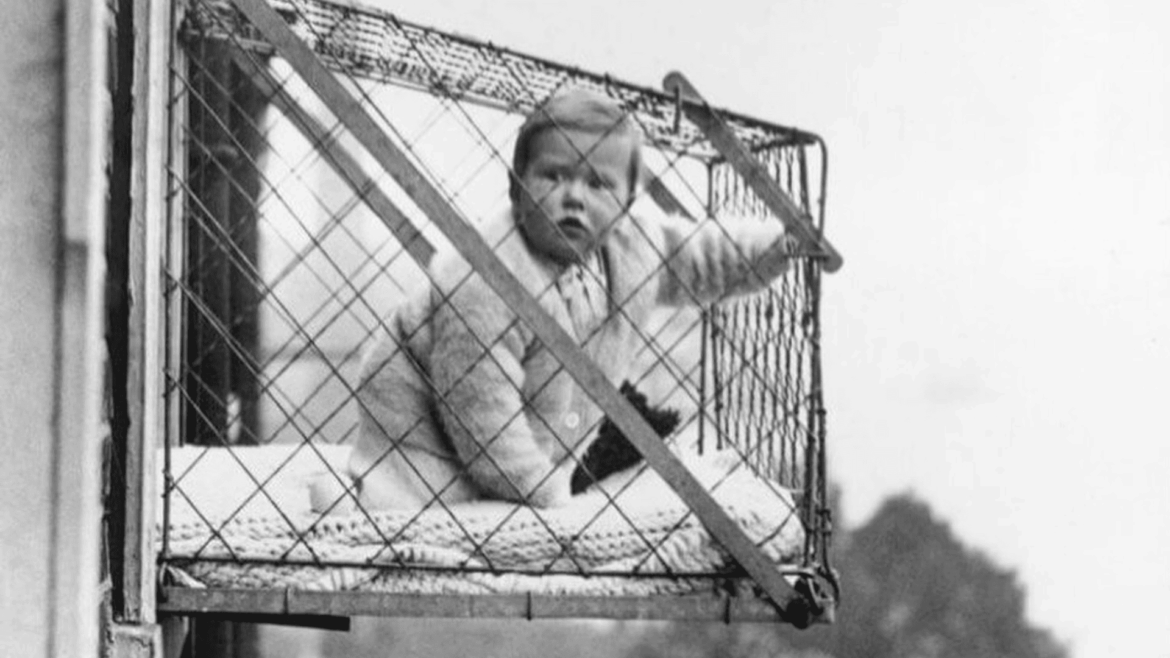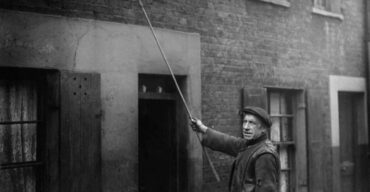Step back in time and explore a world where baby gadgets were not just functional but fascinatingly quirky.
From the peculiar to the downright bizarre, these retro baby gadgets were the norm for parents of yesteryear. Whether they evoke a sense of nostalgia or sheer disbelief, these items highlight how far we’ve come in baby care innovation.
Join us as we take a trip down memory lane and uncover nine baby gadgets that might just leave you astonished.
1. Wind-Up Baby Swing
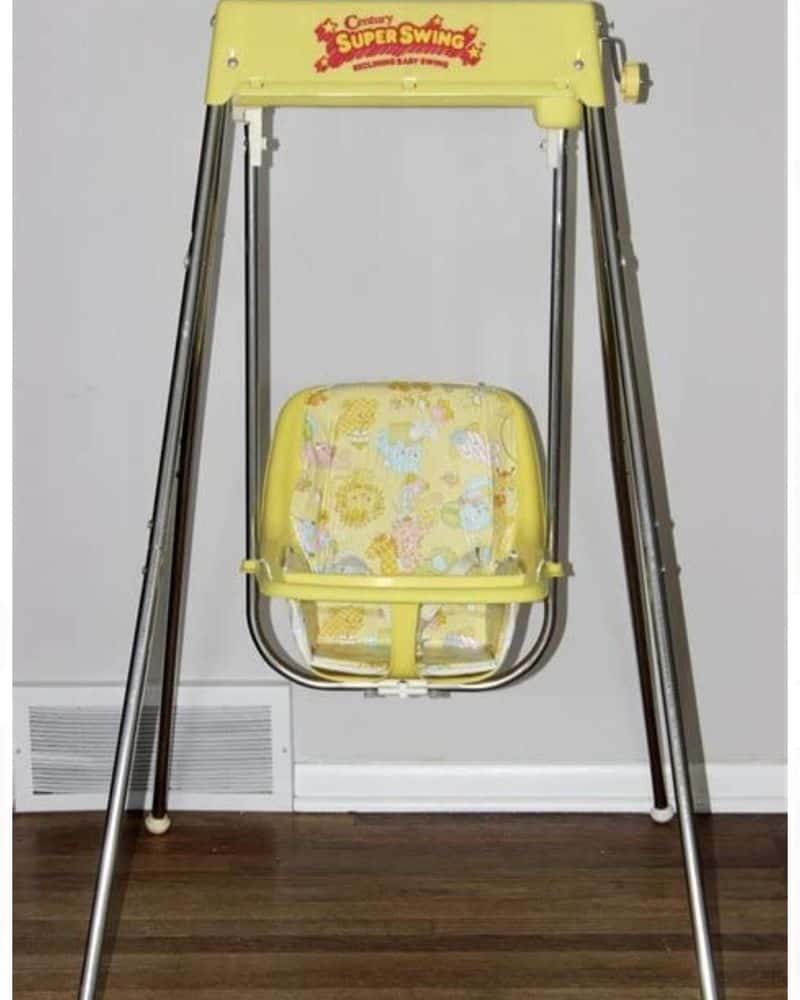
In the 1960s, the wind-up baby swing was a marvel of mechanical ingenuity. Parents could wind up the swing, setting it in motion for a few precious, hands-free minutes. The rhythmic motion soothed many a fussy baby, providing parents a brief respite.
Unlike today’s battery-operated models, these swings relied purely on mechanical power. This meant no cords or outlets, just a simple wind-up mechanism. However, they were not without their quirks; the ticking sound was both a blessing and a curse.
Nostalgia aside, these vintage swings were a testament to creative problem-solving in parenting.
2. Baby Cage
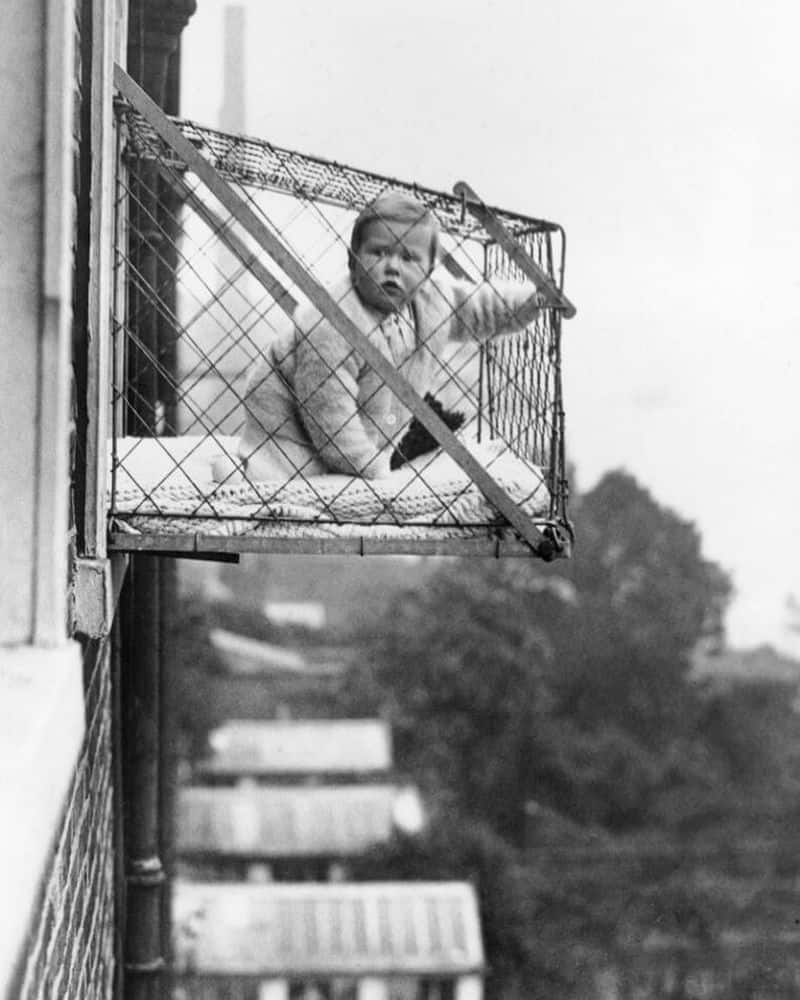
In the 1930s, baby cages became a popular solution for urban parents, allowing their infants to get fresh air while living in small apartments.
These wire cages were attached to windows, suspending babies several stories above the street, with the belief that outdoor exposure would improve their health.
Although widely used at the time, the idea of dangling infants outside a window is now seen as a bizarre and unsafe parenting practice from a bygone era.
3. Classic Baby Walker
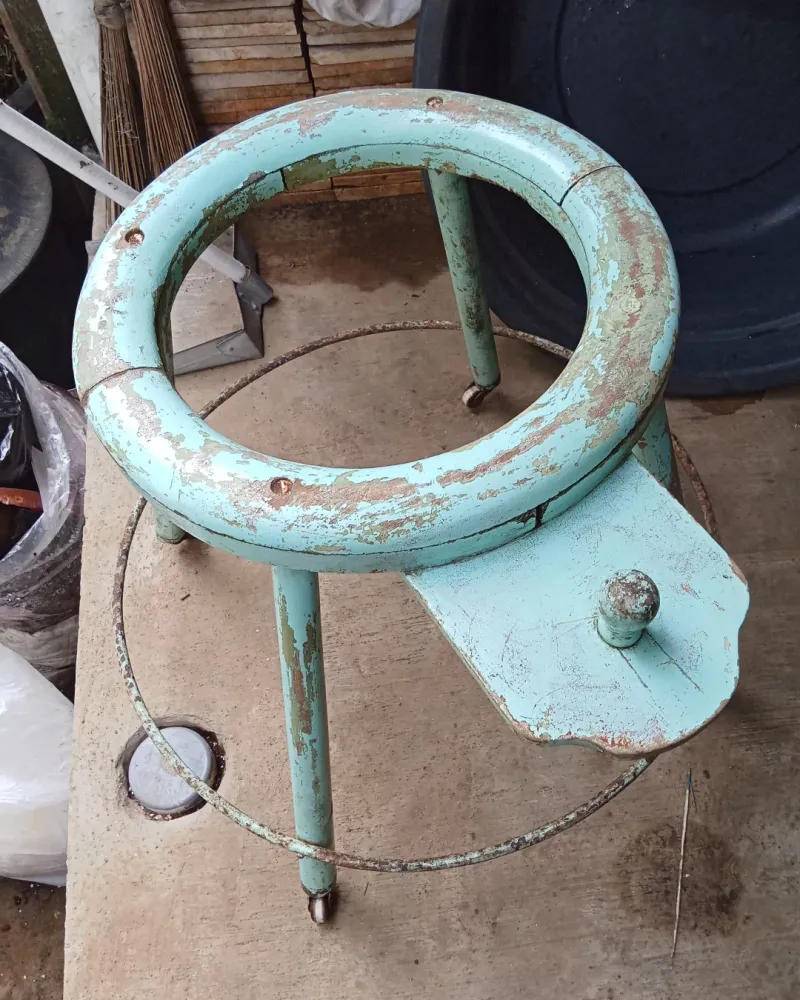
The classic baby walker from the 1970s was a staple in many households. With its metal frame and plastic seat, it gave babies the mobility to explore their surroundings semi-independently. Parents saw it as a way to encourage walking.
However, these walkers were not without controversy. Concerns about safety, particularly around stairs, eventually led to design changes in later years. Despite this, the walker was beloved for its entertainment value.
Nostalgic for some, alarming for others, these walkers were part of the evolving journey of raising active, adventurous babies.
4. Amber Teething Necklace
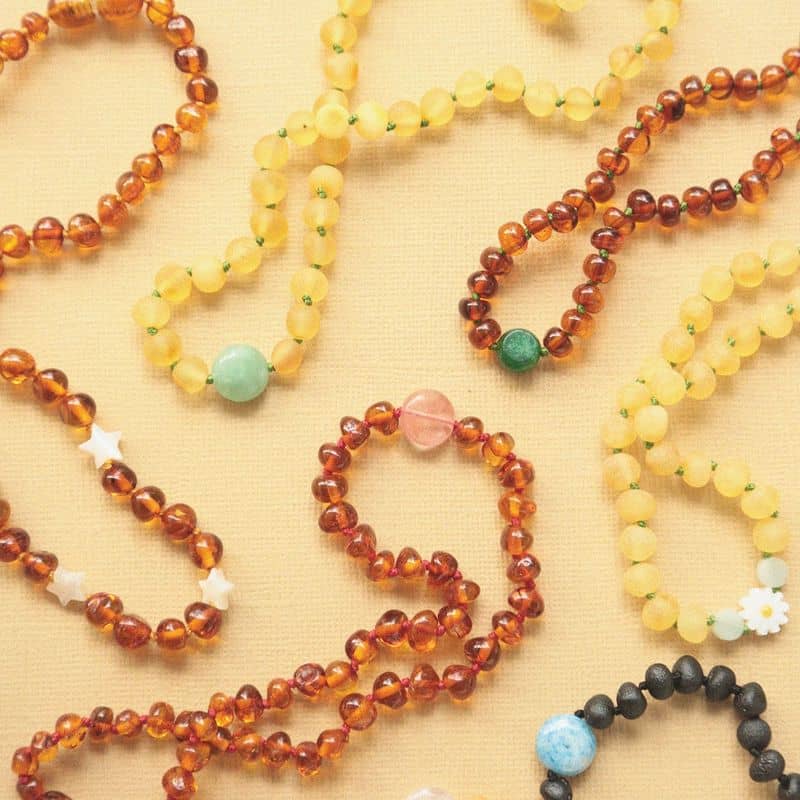
Amber teething necklaces were popular in the 1980s as a natural remedy for teething pain. Made from Baltic amber, they were believed to release soothing oils when warmed by the baby’s skin.
These necklaces were part fashion, part folklore, as parents sought relief for their teething infants. Despite the lack of scientific backing, many swore by their calming effects.
Today, they are often used under close supervision due to safety concerns. This blend of style and supposed healing properties made them a unique artifact of baby care history.
5. Wooden Playpen
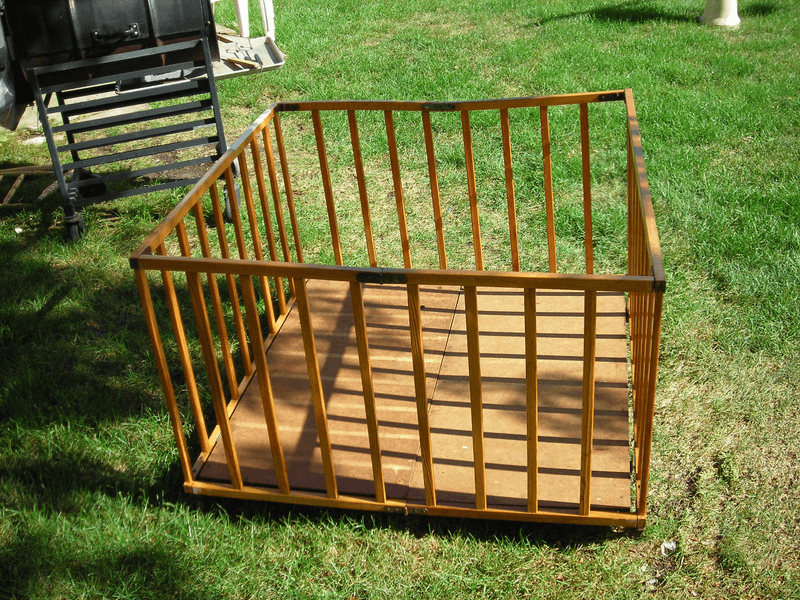
In the 1940s, the wooden playpen was a fixture in homes with young children. It offered a safe, enclosed space for babies to play, giving parents peace of mind while attending to household tasks.
Constructed from sturdy wood, these playpens were durable and often passed down through generations. They represented a simpler era of child-rearing, focusing on practicality.
While today’s playpens are more portable and varied in design, the classic wooden playpen remains a symbol of vintage parenting. Its timeless appeal lies in its straightforward, efficient design.
6. Baby Harness and Leash
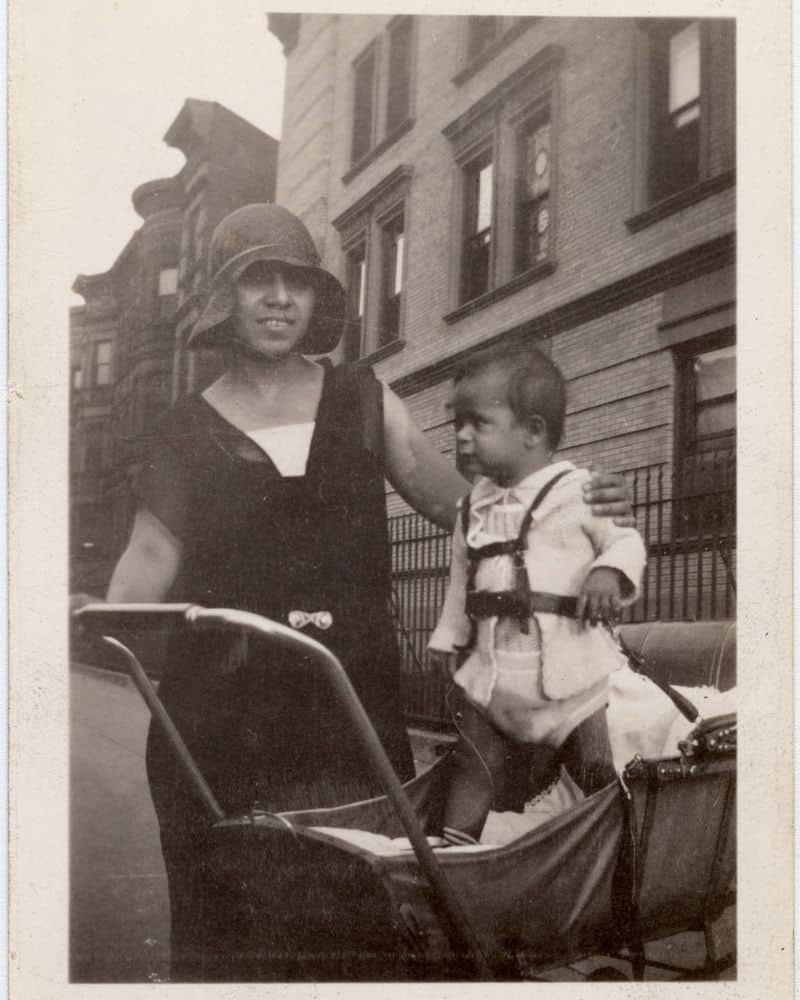
Back in the 1950s, baby harnesses with leashes were a common sight in parks and playgrounds. Designed to keep energetic toddlers close at hand, these devices gave parents a sense of control while allowing children some freedom to explore.
While modern parents might find the concept surprising, the harness offered peace of mind in busy, bustling environments. Made from sturdy fabric and buckles, these harnesses prioritized safety.
Though now less commonly seen, they laid the foundation for today’s safety-conscious parenting products. These harnesses reflect a practical, albeit unconventional, approach to child safety.
7. Baby Weight Scale
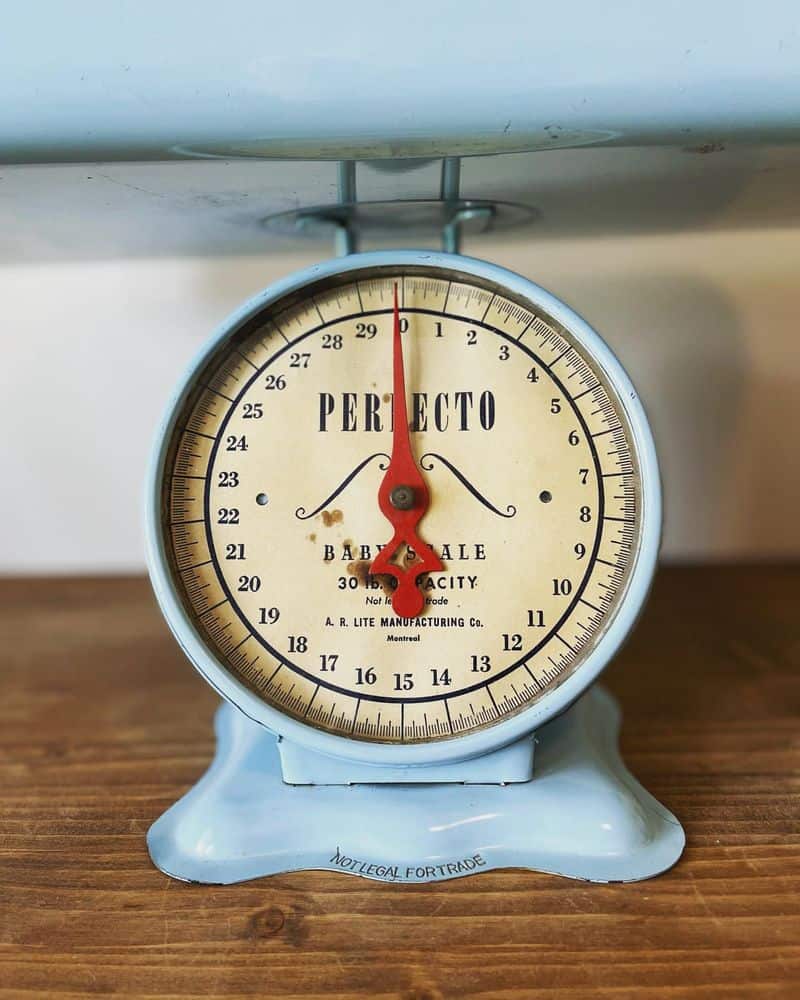
Monitoring a baby’s growth was never easier than with the trusty baby weight scale. These mechanical marvels came equipped with a fabric sling, allowing parents to weigh their babies with precision. The large dial offered clear readings, making it simple to track development over time.
Parents took pride in noting every ounce gained, sometimes documenting milestones in a baby book. Though digital scales are now the norm, the vintage weight scale holds sentimental value, reminding us of the care and attention lavished on the smallest of details.
8. Diaper Service Delivery
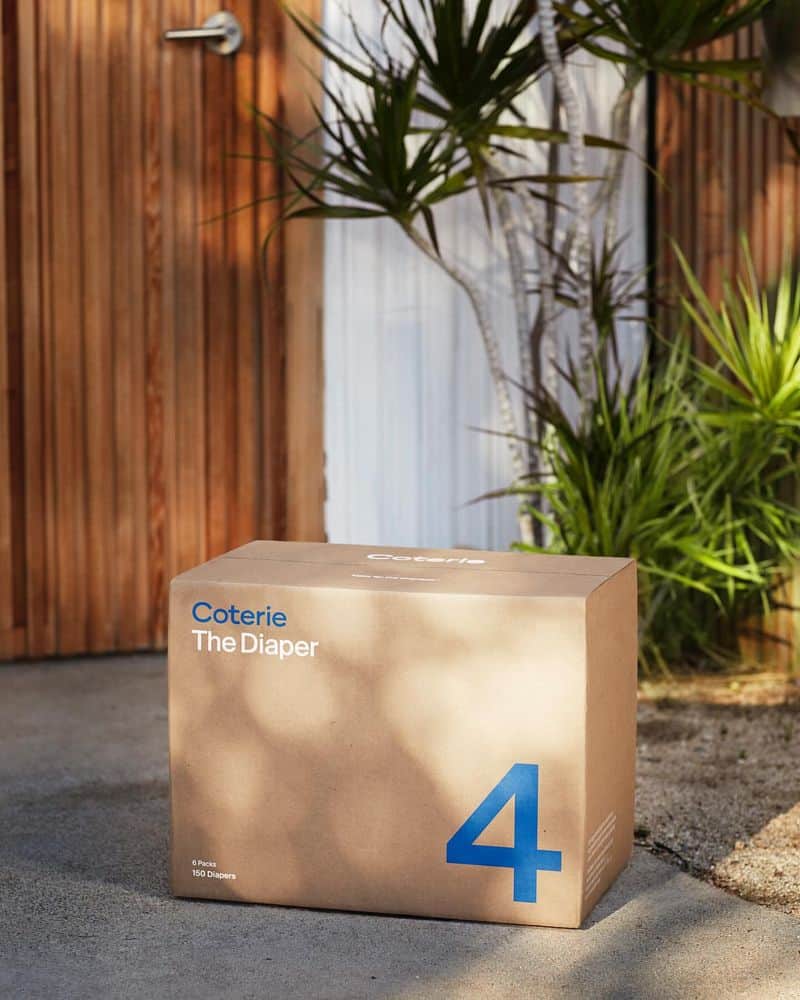
Before disposable diapers became ubiquitous, diaper service deliveries were a lifesaver for busy parents. In the 1960s, these services picked up soiled cloth diapers and delivered fresh, clean ones weekly.
This convenience allowed parents to focus on spending time with their children rather than laundry. The service was a glimpse into sustainable practices, long before eco-friendly became a buzzword.
While less common today, these services paved the way for modern cloth diapering. They exemplified practical solutions for maintaining cleanliness and comfort in baby care.
9. Baby Food Grinder
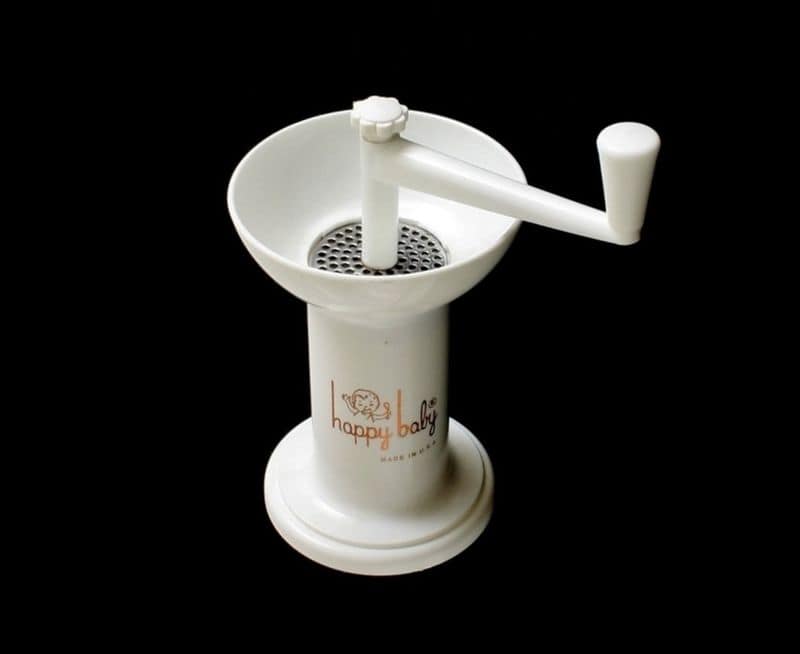
The baby food grinder was a must-have kitchen gadget in the 1970s. It allowed parents to make fresh, homemade baby food, promoting healthier eating habits from a young age.
These grinders were simple to use and easy to clean, transforming family meals into baby-friendly portions. The emphasis was on nutrition and taste, long before organic became trendy.
Though modern blenders and processors have taken over, the baby food grinder symbolizes a hands-on approach to child nutrition. It reflects a time when parents took pride in preparing every meal.
